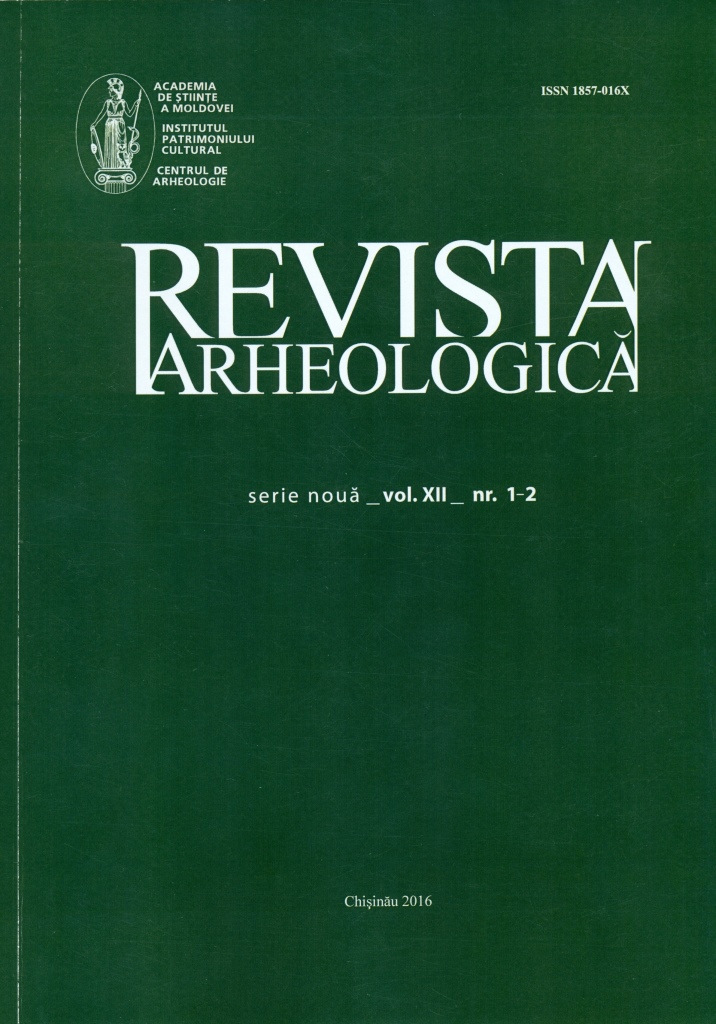Aplice în formă de „floare arabă”
în vestimentaţia de gală din sec. XIV-XVI
Arab Flower-Shape Plaques in the court headdress of the 14th-16th centuries
Author(s): Lilia V. Dergaciova, Svetlana ReabţevaSubject(s): History, Fine Arts / Performing Arts, Essay|Book Review |Scientific Life
Published by: Institutul Patrimoniului Cultural al Academiei de Științe a Moldovei
Keywords: decorative art; Eastern Europe; Western Europe; plaques; “Arab flower”; The Principality of Moldova; 14th-16th centuries.
Summary/Abstract: The article at hand discusses tiny gold and silver plaques in the shape of “Arab flower” (also named in the shape of “Lotus” or “Crin”) dating back to the 14th-17th centuries, which were found in the Carpathian-Dniester region. Based on typological, technological and stylistic analyses of the items from the Principality of Moldova, found in Costești village (Ialoveni region, Republic of Moldova), Suceava and Putna (Suceava region, Romania), and on recently discovered hoards from Drăgușeni village (Strășeni region, Republic of Moldova) and in Ucraine passim, as well as on a wide range of analogies from Eastern Europe, we propose three chronological groups of these decorative plaques.
Journal: Revista Arheologică
- Issue Year: 12/2016
- Issue No: 1-2
- Page Range: 216-228
- Page Count: 12
- Language: Romanian

